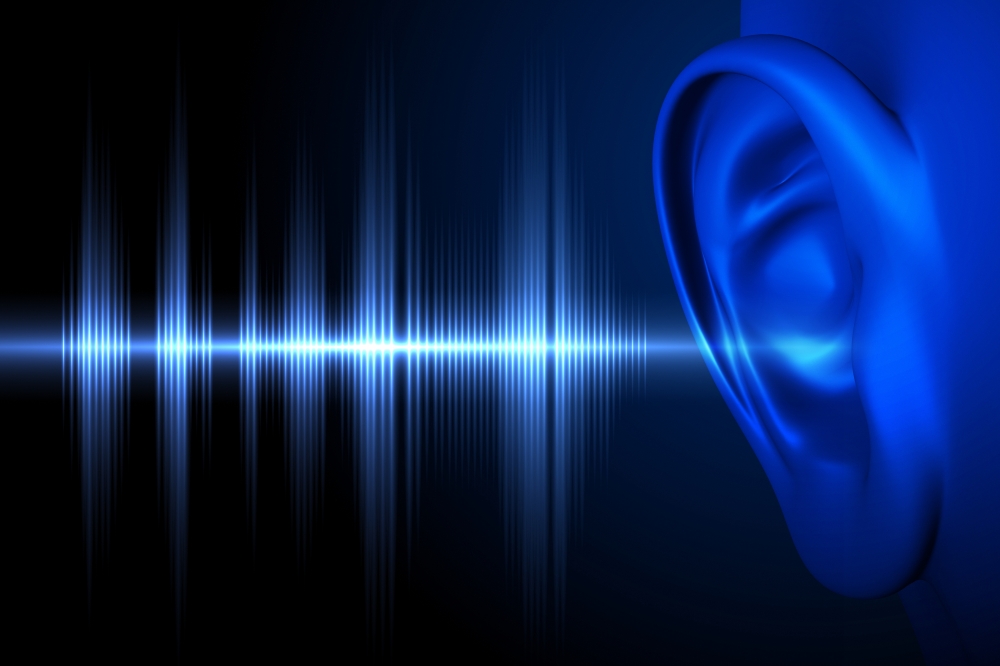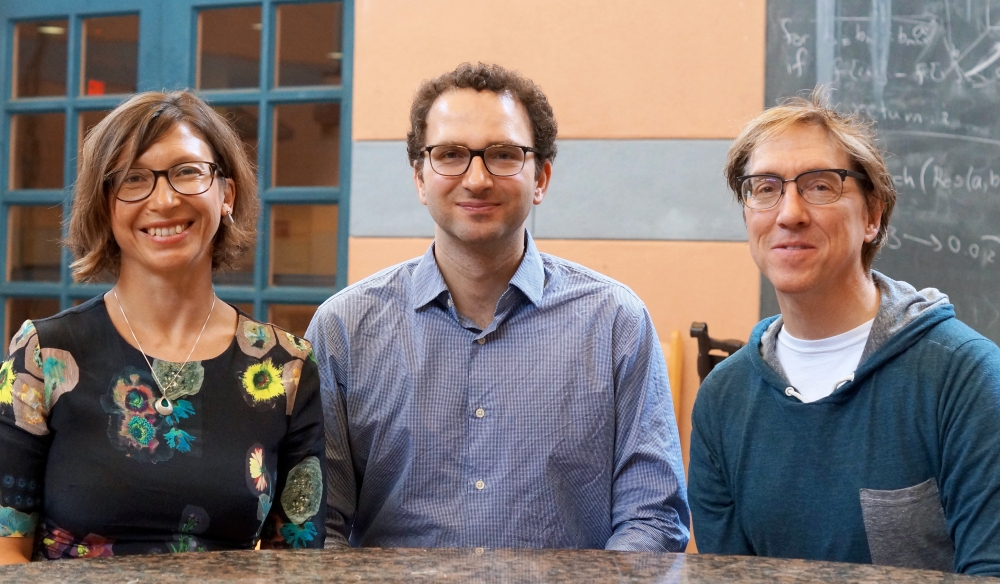
The Physics of Hearing

Humans have an uncommon aural ability: In a room full of people all engaged in separate conversations, we can push aside the extraneous voices and background noise to hear one particular speaker. Similarly, in a music venue, we can enjoy the performance of a soloist as comfortably as we can a full orchestra more than 100 decibels louder.
Exactly how this happens — how we make sense of sound — is not fully understood. Scientists who study the biophysics and neurobiology of hearing and the information theory of complex auditory signals are among the group now investigating those underlying mechanics at UC Santa Barbara’s Kavli Institute for Theoretical Physics (KITP).
Funded by the National Institutes of Health, “Physics of Hearing: From Neurobiology to Information Theory and Back” is a synergistic research program at KITP that brings together scientists from different fields to study a common topic.
“We have a wide array of scientists, including statistical physicists, neurobiologists, physiologists, computer scientists and mathematicians,” said program coordinator Tobias Reichenbach, a senior lecturer in the Department of Bioengineering at Imperial College London. “We expect that these different perspectives will yield significant progress in understanding the neurobiology of hearing and oral communication as well as speech-recognition technology.”
An impressive body of research over the past few decades has shed light both on the biophysical mechanisms used by the inner ear to encode sound stimulation into neural signals and on some of the principles by which those neural signals are subsequently processed in the auditory brain stem and cerebral cortex.
“Nevertheless, we lack an understanding of how a complex auditory scene is decomposed into its individual signals such as speech,” said program coordinator Maria Geffen, an assistant professor at the University of Pennsylvania, whose Laboratory of Auditory Coding combines computational and biological approaches to study the neuronal mechanisms for auditory perception and learning.
During the eight-week program, scientists have been examining from a variety of perspectives how neural networks process sound. A multidisciplinary approach is necessary, they say, because complex natural sounds, which are redundant and contain a variety of frequencies, are difficult to unravel.
“This program looks at both biology and technology and explores how each informs the other,” Reichenbach said. “Building new collaborations among people from different disciplines is essential for addressing such complexity, for discovering how the brain actually processes these complex sounds and for replicating this intricate process in hearing aids or in speech-recognition algorithms.”
Hearing begins with the hair cells, the ear’s sensory receptors, which convert sound vibration into electrical signals the brain can interpret. Hair cells are of interest not only because of the limited understanding of their operation but also because their degeneration underlies hearing impairment in 30 million Americans.
These minute cells employ an active, nonlinear process to enhance inputs, making the ear sensitive to sounds of more than a trillion-fold range in power. However, when the active process deteriorates, hearing becomes less sensitive to subtle differences in frequency, producing a diminished ability to discriminate sound sources.
“Understanding how to leverage what we learn about different parts of the brain and different approaches should lead to improvements in the design of hearing aids, cochlear implants and different kinds of prostheses,” Geffen said. “Over the past 10 years, we have made tremendous progress in understanding the complexity of the brain structures that support hearing and speech perception at the true systems level by integrating information between the central areas in the brain and the ear.”
Hosting the Physics of Hearing program enables KITP to fulfill its mandate to foster collaborations that have the potential to make even more headway in the coming decade.
“We want our participants to make new discoveries,” said Greg Huber, deputy director of KITP. “One of the ways we do that is to bring together people for sustained periods who don’t traditionally talk to one another — in effect, creating in a fixed region of spacetime an academic department that is the world’s finest in this hybrid area of research. Participants start by listening to each other and then discuss, debate and work together. In the end, we hope the world will listen to what they come up with.”



